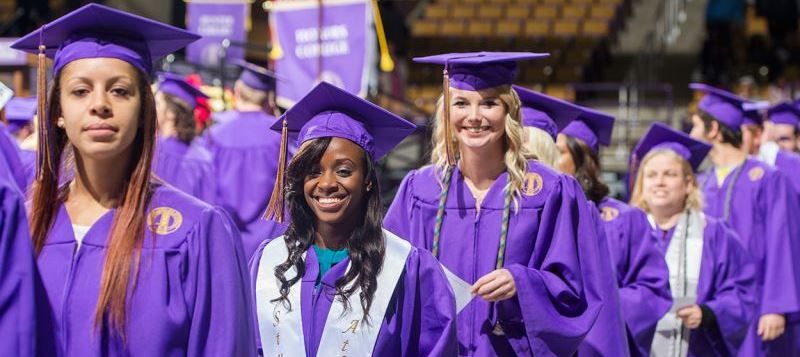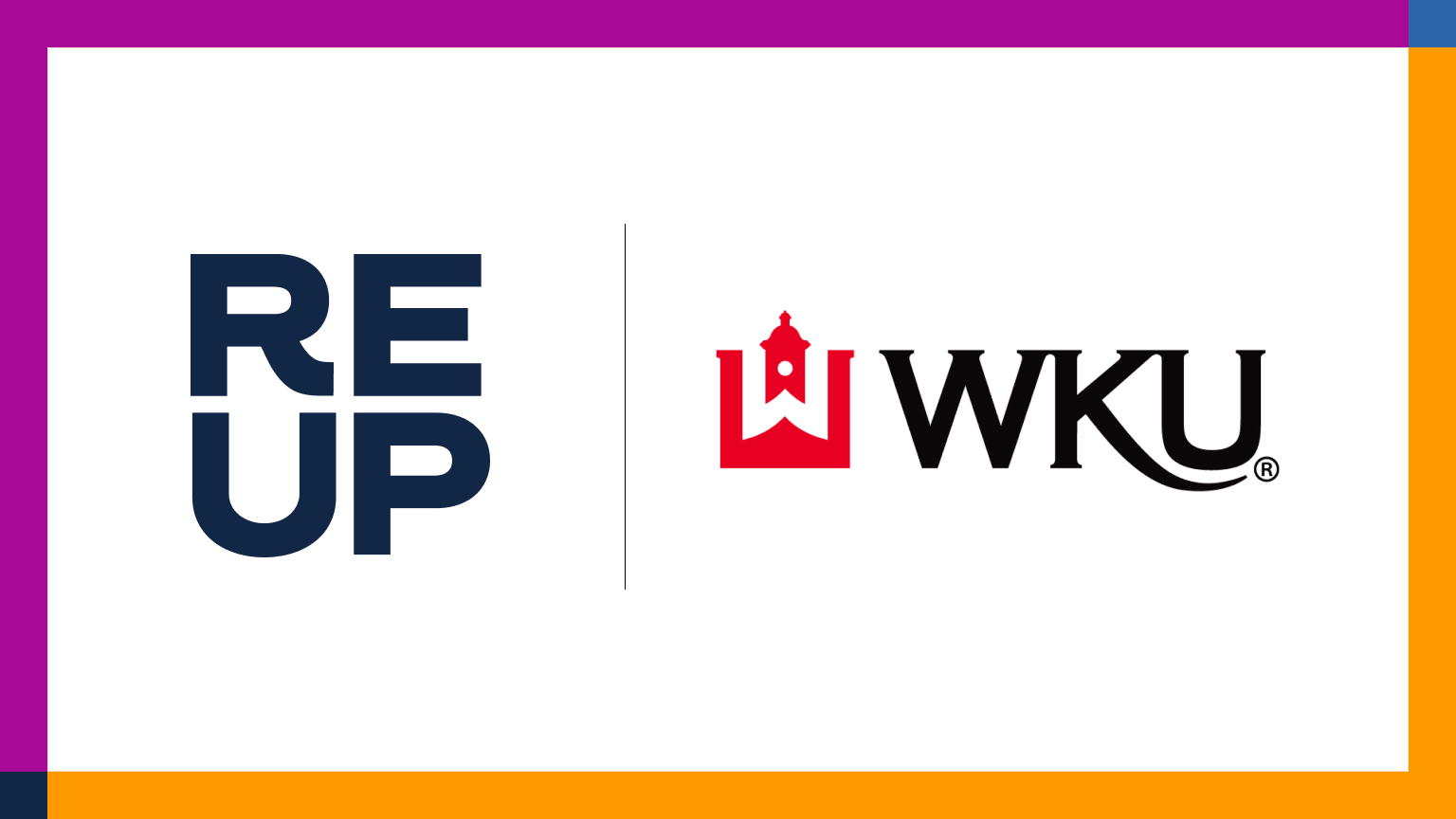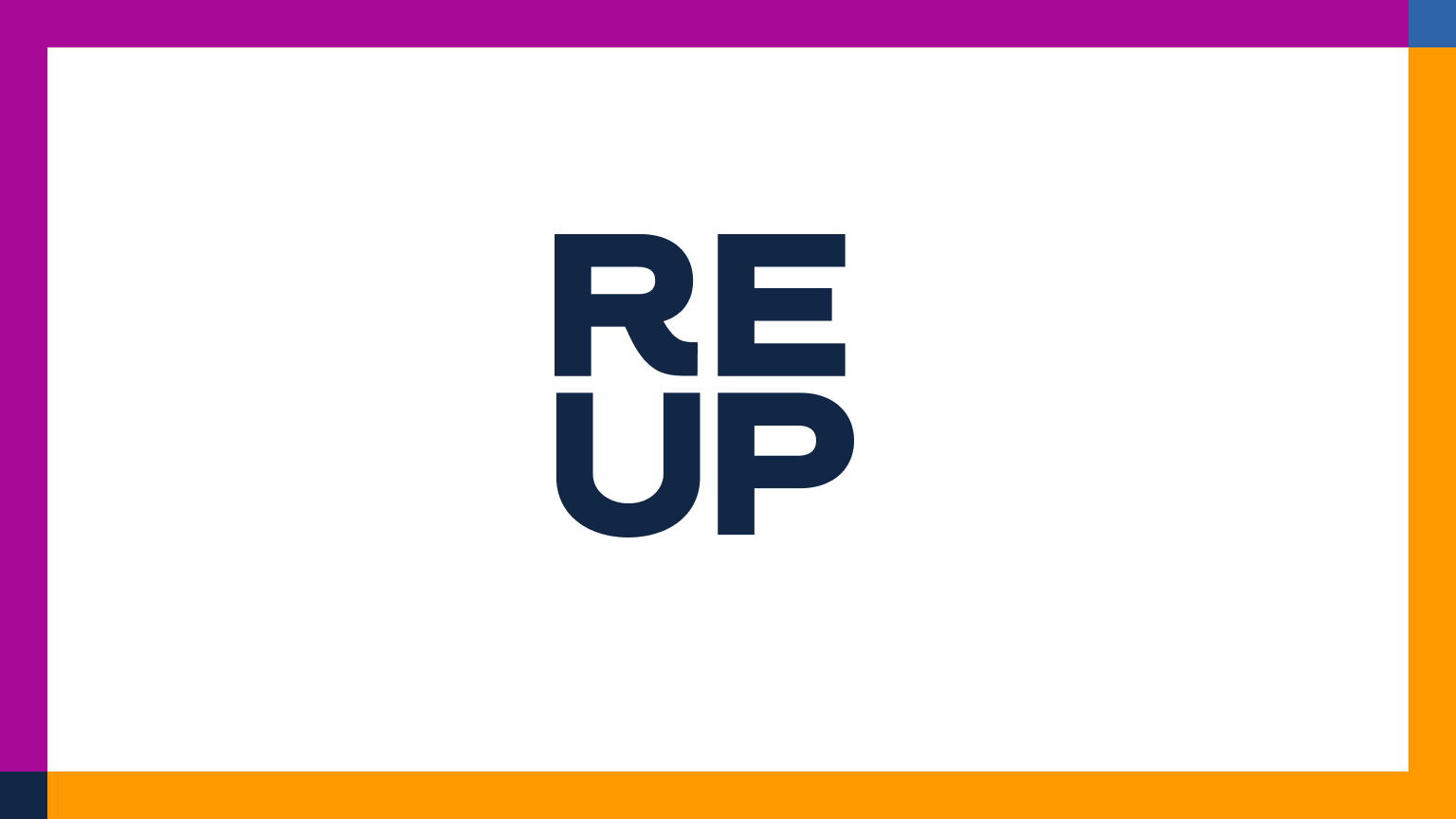Students who left college having accumulated significant numbers of credits are widely seen as low-hanging fruit by institutions trying to boost enrollments. As more colleges try to bring former students back to finish, many of them are using technology to find and educate them — and some are even outsourcing the job.
Part of a University of North Carolina system, the Part-Way Home program was launched in September 2016 after discussions about how to better serve stopped-out students. UNC universities created individual programs dedicated to re-enroll those students, with names often drawing on football imagery: the End Zone program at North Carolina Central University, Finish Line at Western Carolina University — and the list goes on.
The Aggies at the Goal Line at North Carolina A&T State University effort is a completely online program dedicated to students who stopped out of school for at least three years, have a minimum 2.0 GPA and have earned 90 or more credits.
Samantha McAuliffe-Raynor, director for special projects and strategic assessments for UNC’s department of academic affairs, said participants in focus groups about the initiative were initially worried about how well the fully online program might work.
“We did hear some apprehension on the part of adult learners [for whom] online learning was something brand new; they were nervous about entering that space,” McAuliffe-Raynor said. “But in general, once students started an online course, they realized it wasn’t as scary as they thought it was going to be.”
At the University of Utah, stopped-out students are offered classes at the main and branch campuses, as well as in hybrid and online formats, as part of the institution’s Returning to the U program, established in 2007. Beth Howard, associate dean of the university’s academic advising center, said that advisers assess students’ familiarity with online learning before they re-enroll, in an effort to help get adult learners up to speed no matter their background.
“Providing good support for that technical connection is really important,” Howard said, adding that the technical assessment is taken just as seriously as the academic assessment, when advisers help students figure out what credits and classes they need to graduate. Utah focuses its outreach efforts on students in good academic standing, typically within 30 credit hours of graduating and who have been gone for two years or more.
Creating Pathways
Through the Part-Way Home initiative, the UNC system created an orientation for students taking online courses, available to both returning and traditional UNC students taking an online course for the first time.
Julie Ajinkya, vice president for applied research at the Institute for Higher Education Policy, said online learning can be ideal for stopped-out adult students. “Because we see adult students and adult learners facing a lot of work-life balance scenarios, we know that … making educational opportunities as flexible and adaptable to their lifestyles as possible can really improve student outcomes,” Ajinkya said.
When asking former students why they stopped, Ajinkya said affordability is often cited. But another reason is simply that “life gets in the way,” she said.
Howard echoed Ajinkya’s perspective. “These are often very high-achieving students, and they leave because life happens, not because they were doing poorly,” she said.
IHEP is also involved in the push to help stopped-out students get degrees. Between 2009 and 2013, through an initiative called Project Win-Win, IHEP recruited 61 institutions to find students who had completed enough credits to earn an associate’s degree, and award it retroactively. The program also worked to find former students who were just shy of an associate’s degree — between nine and 12 credit hours — and recruit them back.
Finding stopped-out students can be difficult, and methods and data available vary at every institution, Ajinkya said. This is another place where technology can come into play.
“Part of our strategy really tries to get institutions to think smartly about how to make their own digital data systems and software choices more efficient … so we can keep better student records and identify who stopped out and is only a short distance away from getting that degree,” she said.
“We certainly see that data systems could be modernized on these campuses, [but] I think it’s a question of cost and investment,” she added.
Employing Outside Firms
Some efforts to find former students are outsourced to third-party companies. By using data analytics to hone its marketing messages to the “some college, no degree” population, ReUp Education has brought more than 700 students back to the three colleges it’s been working with since November, said CEO Nitzan Pelman.
The universities and colleges pay ReUp a per-student rate for successful recruitment efforts. “We have expertise that universities don’t have,” Pelman said.
ReUp has partnerships with three institutions — Bellevue University, Clarion University of Pennsylvania and Western Governors University. The three have a heavy online-learning presence, with all of WGU’s degree programs being fully online. After receiving information from those universities about students who’ve dropped out, ReUp deploys its “success coaches” — many of whom are first-generation college students — to reach out to them via email, phone call and text — “every strategy you can imagine” — to find out why they dropped out and if they’d consider returning.
“All of our coaching is remote, but it’s all driven by data,” Pelman said. “What messages resonate most with these students; somebody who dropped out two years ago versus someone who dropped out five years ago might have a different need or way they want to engage, or [need] a different message that resonates with them.”
Before students leave WGU, the university’s internal withdrawal-recovery team tries to speak with them to gauge why they’re stopping their studies, said Stacey Ludwig Johnson, associate provost for academic services. Based on students’ reasons, the team tries to gauge whether or not they’d be interested in returning in the future. WGU then sends a curated list of students with potential to return to ReUp.
“They provide essentially life coaching,” Ludwig Johnson said of ReUp. “Some of those initial reasons [for stopping out] maybe had to do with financial issues, or maybe there was a life change … whatever those happen to be, the ReUp counselors are very good at doing the life coaching and getting a sense of where the student is at in their life.”
“It’s been really exciting for us, because from what we know from our withdrawal-recovery team is that we’re most successful with [recruiting] students who withdraw and maybe are gone for six months or less,” she said. “For those students who have been gone longer term, we find the partnership with ReUp is really quite good, because they’re providing those life-coaching skills that are not the same skill set as my withdrawal-recovery team has.”
Preparing for Change
ReUp’s efforts aren’t limited to recruiting — they also include preparing students for the lifestyle changes required for going back to college.
“ReUp connects with them and says, ‘OK, we know you need to plan, on let’s say, 20 hours a week for your studies,’” Ludwig Johnson said. “When [students] start to realize if they [studied] seven days a week, that would basically be three hours a day, and that’s a large window of time. That’s one thing that ReUp does, is they really connect with them and say, ‘OK, think about how you’re going to have to re-prioritize your time, how are you going to fit these 20 hours in your week?’”
The first ReUp-recruited students started returning to WGU in February, Ludwig Johnson said, so the university is still working out its arrangement with the firm. WGU’s withdrawal-recovery team recruits students who have stopped out six months ago or less, but they also send ReUp names of students who have been stopped out for only three months, so there’s a bit of intentional overlap. Plus, Ludwig Johnson said WGU is collecting data on how ReUp-recruited students fare in regard to graduation benchmarks compared to other students.
As part of a system-wide review, the UNC system now is considering working with an outside company, with funding from the state, to examine ways to better engage stopped-out adult learners, McAuliffe-Raynor said.
“I think the caveat is, we just started looking at this from a system perspective,” she said. “We’re just now starting to ask the question of what is the best way to reach adult learners.”
Preventing Stop Outs
The system-wide review at UNC also lead to the creation of seven- and eight-week online courses that are offered at multiple points throughout the semester, available to all students but specifically aimed at stopped-out students.
“Let’s say [a re-enrolling student wants to come back] in the middle of a semester, or just after the enrollment period has closed in the fall or the spring. If we can’t get them plugged into a course pretty quickly, the likelihood of life taking over again and that student not being able to enroll increases,” McAuliffe-Raynor said. “With the seven- and eight-week course format, we may be able to plug a student into a class that they need to help them move toward graduation faster than asking them to wait a full semester before they re-enroll.”
The half-semester classes can also be a preventative measure against stopping out. “If students are having a hard time accessing bottleneck courses because they fill quickly, or a student struggled in a class and needs to retake that class again, but it’s one of those classes that’s only offered once a year … we are able to provide multiple opportunities for students to enroll in those difficult-to-take classes, to hopefully help keep them on track to graduation, and prevent them from thinking about leaving,” McAuliffe-Raynor said.
Ludwig Johnson said WGU also tries to prevent stop outs. In cases where flexibility is needed, students can take courses asynchronously. When additional help is needed, learners can join synchronous cohorts, whether that’s for one chapter or a whole semester.
Employing Brick-and-Mortar Options
While online learning is becoming a key component to engaging stopped-out students, administrators and advocates also pointed out the importance of boots-on-the-ground partners. Utah touts its branch campuses as an additional way to meet stopped-out students’ needs.
“They have to have some degree of flexibility with that coursework,” Howard said. “Any time you can offer a breadth of options, you can increase the number of students you can reach.”
But those brick-and-mortar partners can be other institutions as well. At UNC, McAuliffe-Raynor said that the system is looking to tap into a host outside organizations, including philanthropic organizations, churches and child-care providers.
“It’s a promising avenue for reaching adult learners across the state in a way where we don’t have to go find them all the time,” she said.
And the potential advantages of establishing community partners don’t just apply to the UNC system. “We can’t serve every adult in North Carolina,” McAuliffe-Raynold said. “And we’ve got a great network of community colleges and a great network of independent colleges in the state as well, and we need to think of ways to work together to serve this population.”



